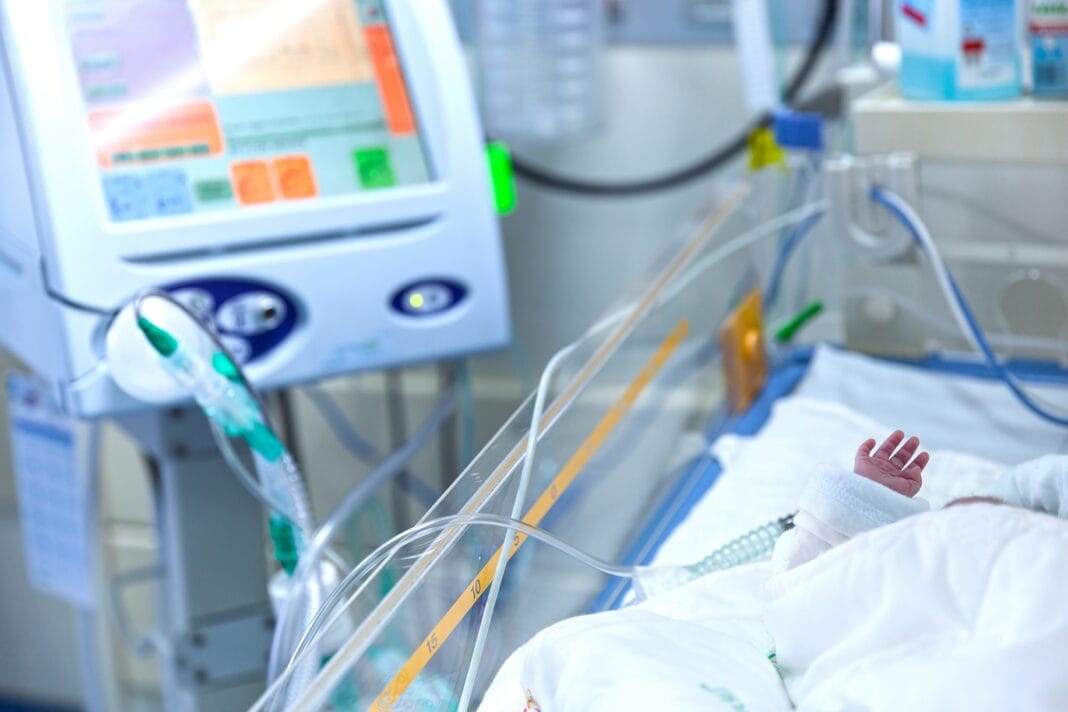Doctors have to keep an eye on premature babies. The oxygen saturation (‘oxygenation’) of blood in the brain is perhaps the most important. This is because up to 50 percent of premature babies suffer brain damage, which leads to neurological problems. Researchers at TU Delft have now developed a wireless sensor that monitors the health of the baby brain in a simple, inexpensive and comfortable way for the child.
It is already possible to monitor oxygenation of the brains of premature babies. But the devices with which this is done now are large and clumsy, including all kinds of cords that babies can become entangled in. In addition, the machines are extremely expensive, and the glued-on sensors often damage the delicate baby skin if they are pulled off. Reason enough to develop a better technique for monitoring the oxygen level in the baby brain. And that is exactly what researchers from TU Delft, in collaboration with Northwestern University and Lurie Children’s Hospital of Chicago, have done.

Interaction
Together with a doctor and an electrical engineer, the researchers developed a soft, bendable and wireless sensor that can be glued to a baby’s scalp. The sensor sends data wirelessly to an app, which then signals when a doctor or nurse needs to intervene. “The sensors not only monitor the regional oxygen content in the brain, but also measure the oxygen level in the arteries throughout the body,” says researcher Alina Rwei of TU Delft. “In this way, the medical staff not only receives information about those two separate systems, but also about the interaction between them.”
The sensor consists of four photodiodes, two of which can look deep into the brain and two measure more superficially, which provides data on the blood flow throughout the body. The sensor is flexible and conforms to the shape of the skull. After use, the device comes off the skin without any problems. “I tested the sensor on my own baby Philip a few months ago,” says Rwei. “It worked exactly as I hoped. Philip is now also mentioned in the scientific article that we have just published. ”
Access
Besides the fact that the sensor is more pleasant and easier to use than existing solutions, the device is also many times cheaper. “Where hospitals now spend about 10,000 euros for a large machine that can monitor the oxygenation of the brain, our sensor costs about 25 euros,” says Rwei. “Especially in developing countries, this can ensure that more people get access to this type of technology, which will hopefully prevent many health problems.”
The next step is to produce the new device in large numbers. Rwei: “Our team in America has started a start-up that will bring the sensor to the market.” Incidentally, not only premature babies will benefit from the new sensors. The oxygen level must also be regularly monitored in adults, and the new device can offer a solution.
“A Wireless, Skin-Interfaced Biosensor for Cerebral Hemodynamic Monitoring in Pediatric Care”, Alina Y. Rwei et al., PNAS
Source:
–


